Planetary Science
-
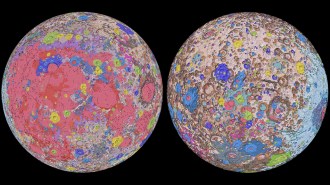 Planetary Science
Planetary ScienceThis is the most comprehensive map of the moon’s geology yet
Cartographers merged Apollo-era maps and modern lunar observations to into a new geologic map of the moon.
-
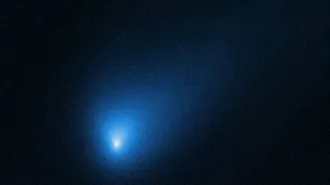 Space
SpaceInterstellar comet Borisov has an unexpected amount of carbon monoxide
The second known visitor from outside the solar system has three times as much CO relative to H2O than any comet seen in the inner solar system.
-
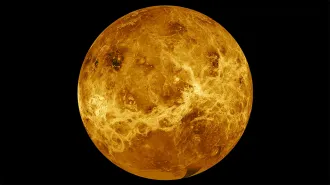 Planetary Science
Planetary ScienceUnlike Earth, the gases in Venus’ atmosphere aren’t uniformly mixed
Measurements of Venus’ atmospheric nitrogen show that a planet’s upper atmosphere doesn’t necessarily match the lower atmosphere.
-
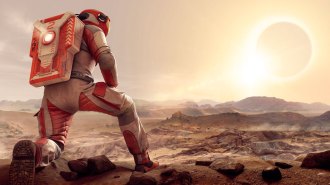 Space
Space‘Spacefarers’ predicts how space colonization will happen
In Spacefarers, Christopher Wanjek provides an optimistic yet realistic view on how humans might colonize the rest of our solar system.
-
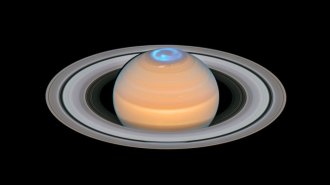 Space
SpaceSaturn’s auroras may explain the planet’s weirdly hot upper atmosphere
Data from NASA’s Cassini spacecraft could help solve Saturn’s mysterious “energy crisis.”
-
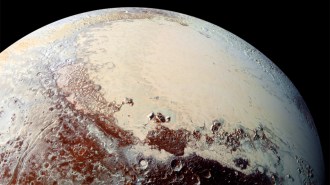 Planetary Science
Planetary ScienceIf Pluto has a subsurface ocean, it may be old and deep
New analyses of images from NASA’s New Horizons spacecraft suggest that Pluto may have had a sea beneath its icy shell for roughly 4.5 billion years.
-
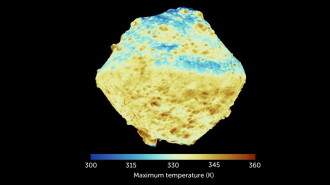 Planetary Science
Planetary ScienceThe asteroid Ryugu has a texture like freeze-dried coffee
Only about half of the asteroid Ryugu is rock; the rest is airy holes, a finding that could help reveal details of how the planets formed.
-
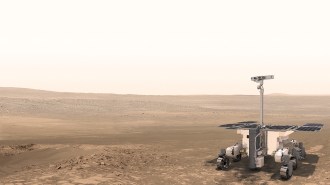 Planetary Science
Planetary ScienceCoronavirus and technical issues delay a Mars mission’s launch
The joint European-Russian ExoMars rover’s launch was postponed from July to 2022 so technicians could resolve issues with the landing equipment.
-
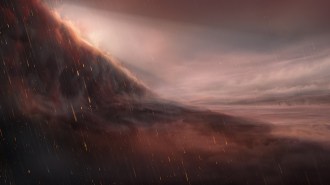 Astronomy
AstronomyHeavy metal may rain from the skies of planet WASP 76b
Astronomers saw hints of iron rain on an ultrahot gas giant, an exoplanet where starlike atmospheric temperatures drive weird weather.
-
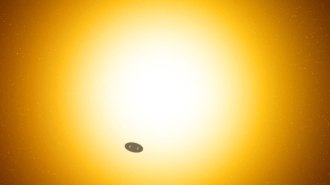 Planetary Science
Planetary ScienceSome ‘superpuff’ exoplanets may actually be ringed worlds like Saturn
“Superpuff” planets look fluffy and light. But for some of the worlds, the effect could instead be explained by large, rocky rings, a study suggests.
-
 Planetary Science
Planetary ScienceMeet Perseverance, NASA’s newest Mars rover
NASA’s next Mars rover will be called Perseverance.
-
 Planetary Science
Planetary ScienceAn ancient magma ocean may have once driven Earth’s magnetic field
Computer simulations of molten silicate under extreme temperatures and pressures may have just filled in a gap in the history of Earth’s magnetism.